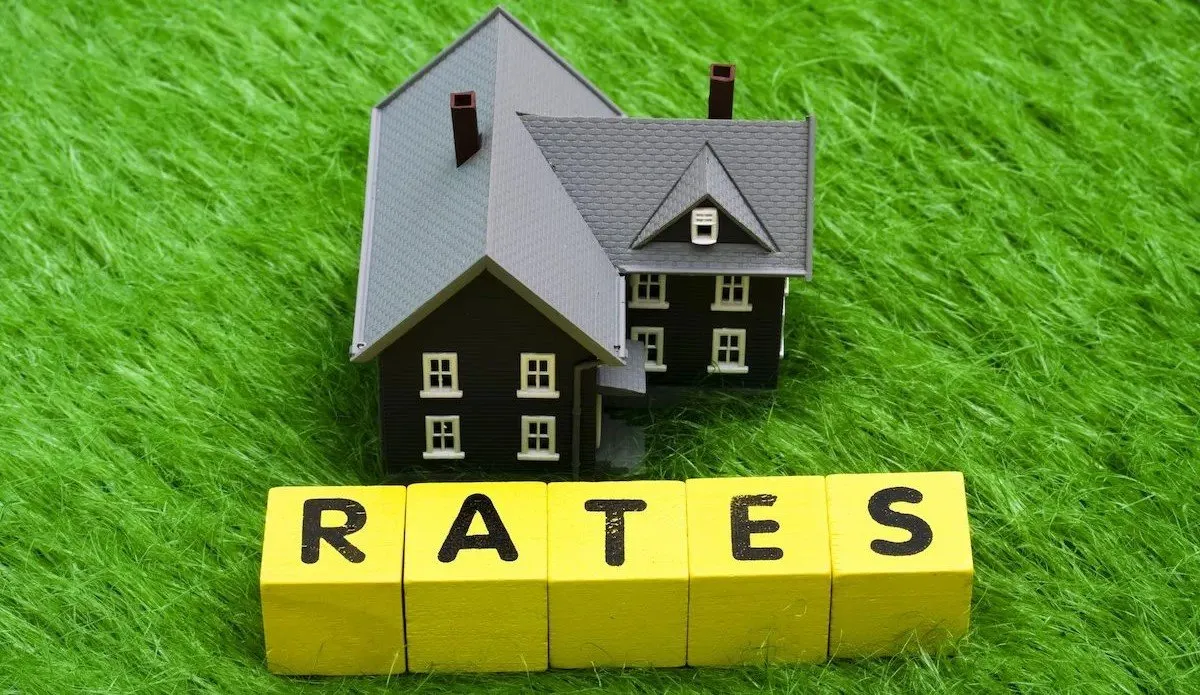The housing market cheered as the Federal Reserve signaled interest rate cuts next year after making a series of rapid rate hikes starting in 2022.
While the central bank did not completely rule out the possibility of a rate increase in 2024, that action seems unlikely. Instead, fresh economic projections from central bank officials showed rates would be slashed to a median 4.6% by the end of 2024, suggesting three 25 basis points (bps) cuts from current levels.
The so-called dot plot estimates show interest rates falling to a median 3.6% in 2025, indicating four more 25 bps cuts. For 2026, Fed officials projected rates to fall below 3% by the end of 2026 through three more quarter percentage point reductions.
What does this mean for mortgage rates?
“Mortgage rates should get better. If the spreads get better, that will be an extra plus,” said Logan Mohtashami, lead analyst at HousingWire. “The main focus now is that if the economic data gets weaker, bond traders have the green light to take yields lower.”
Mortgage rates track the yield on 10-year U.S. Treasuries, which move based on anticipation about the Fed’s actions, what the Fed ends up doing and investors’ reactions. When Treasury yields go down, so do mortgage rates. The 10-year Treasury yield hit a low of 4.007% following the Fed’s press conference, declining from 4.202% at market open on Wednesday.
“While nobody in the mortgage world would say ’tis the season to be jolly’ based on current market conditions, the Fed’s outlook at its December meeting points to an increased possibility of a happier new year,” said Marty Green, principal at mortgage law firm Polunsky Beitel Green.
Expect lower mortgage rates
With the central bank shifting toward the next phase in its fight against rapid inflation, experts expect the path for monetary policy to support further declines in mortgage rates, just in time for a traditionally busy spring housing market.
“The commentary about three expected cuts next year and no rate hikes is great news for the mortgage industry,” Michael Merritt, senior vice president of customer care and default mortgage servicing at BOK Financial. “These cuts will allow mortgage rates to fall faster throughout 2024. The conservative expectation of three cuts also paints a positive overall outlook since they are not expecting to have to make large numbers of cuts to fuel economic growth or make increases to offset inflation.”
After hovering below 8% at the time of the last FOMC meeting in November, mortgage rates sit at just under 7%, according to HousingWire’s mortgage rate center on Wednesday.
“We’re probably at an inflection point where rates have come down enough that more buyers are coming back into the marketplace,” said Melissa Cohn, regional vice president of William Raveis Mortgage.
While mortgage rates are expected to decrease, high home prices combined with low inventory still pose a challenge for potential homebuyers.
“We don’t expect rates to fall that much in this period and it may not offset rising home prices in hot housing markets. So, homebuyers who wait on the sidelines for better rates next year may find the waiting game didn’t pay the dividends they expected,” said Max Slyusarchuk, CEO of A&D Mortgage.
The median price of single family homes in the U.S. is $424,900, which is up 2.4% from last year at the same time, according to Altos Research.
“There are really no national indicators, anywhere in the data, that show home prices currently falling,” Mike Simonsen, president of Altos, said in a recent commentary.
While inventory typically rises with higher mortgage rates and falls with lower mortgage rates, there is no signal of any flood of sellers, which would be bearish for home prices, Simonsen noted.
For there to be a supply-demand balance, rates would need to stay higher and cuts would have to come slower than markets are predicting, according to Jack Macdowell, chief investment officer at Palisades Group.
“The housing market plays a role in this given the contribution to headline inflation calculations,” Macdowell said.
“If rates come down too much (and mortgage rates follow), we’ll see the current supply-demand imbalance exacerbated as pent-up demand gets released into an undersupplied market, putting upward pressure on home values–and inflation. Until mortgage rates drop below 6% it is unlikely that pent-up deferred sales will meaningfully contribute to supply.”












 English (US) ·
English (US) ·